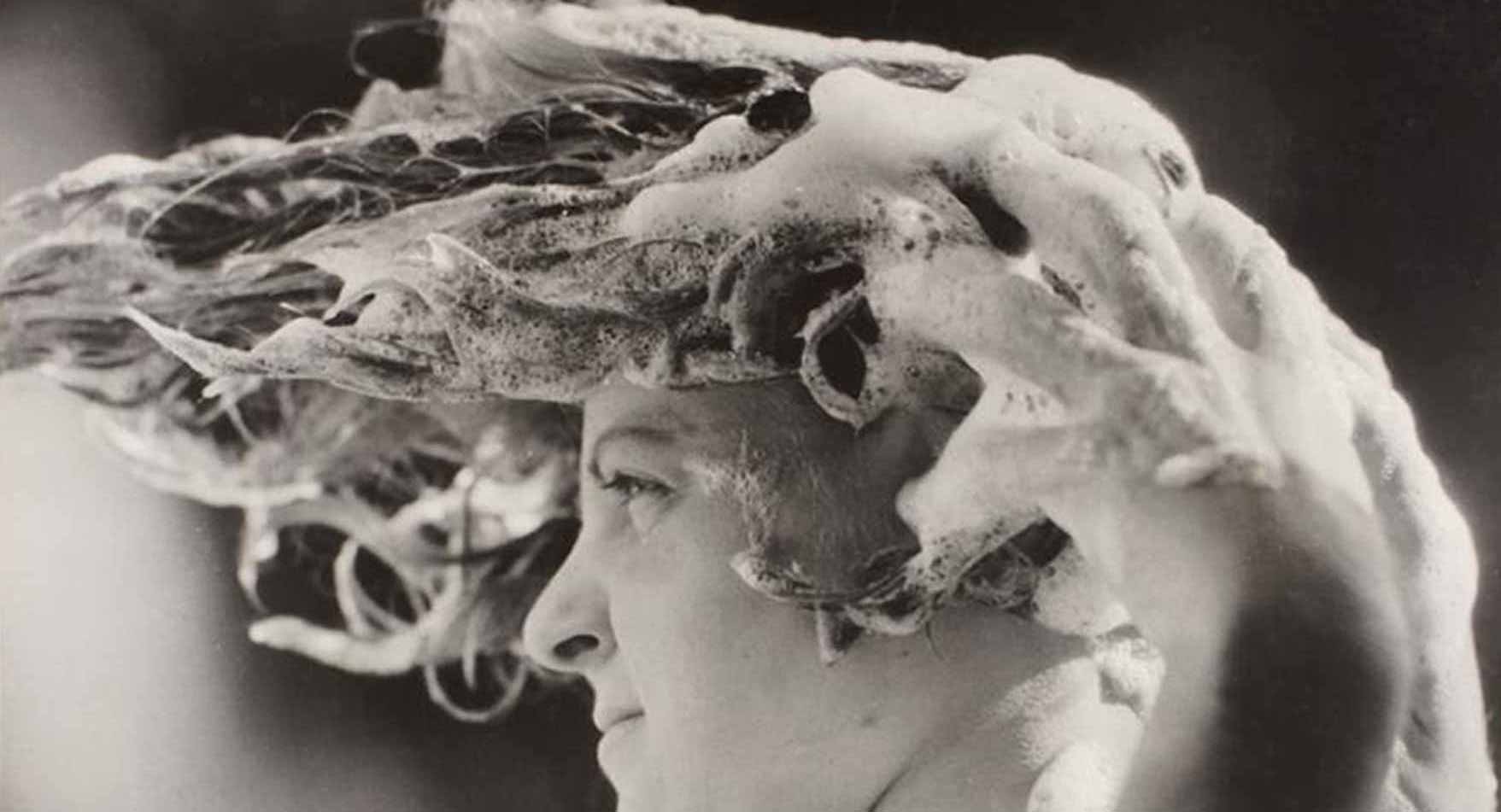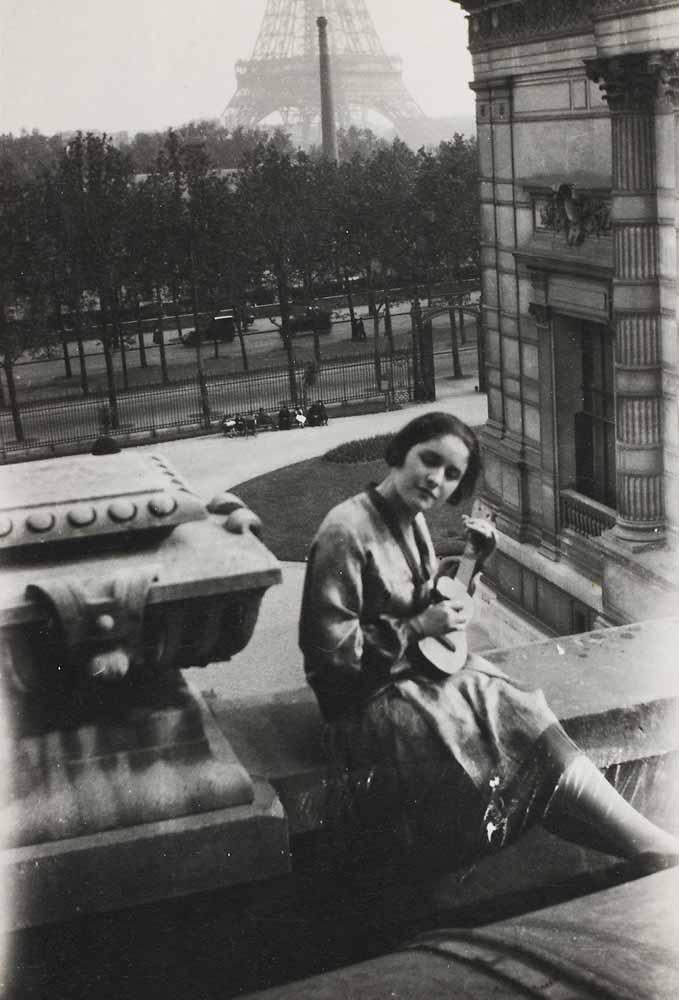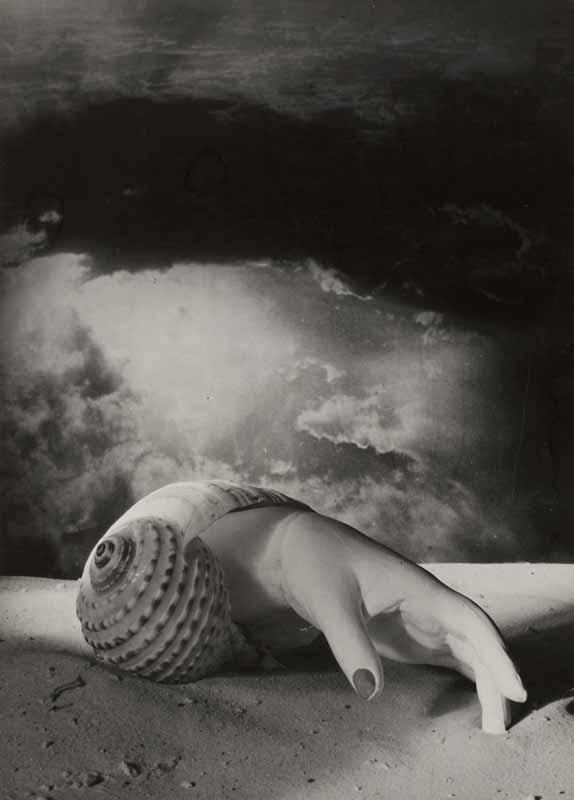Picture Pablo Picasso’s Weeping Woman, a Cubist oil on canvas painted in 1937 that depicts the shattered face of a crying woman. She was a figure he returned to in other paintings, prints, and drawings, a continuation, some critics say, of his protest against the Nazi bombardment of the Basque town of Guernica. But his model for the distorted figure was his mistress, Dora Maar, a woman whose own artistic legacy was so thoroughly sidelined by her fraught relationship with Picasso that when she died in 1997, it took ten days for an obituary to appear.
More than twenty years later, that is beginning to change, and her revival is due, at least in part, to a serendipitous discovery on eBay.
In 2016, Brigitte Benkemoun’s husband was scouring the internet auction site for a leather diary and happened to find one engraved with his initials, T.D., for seventy euros. It seemed like fate. When it arrived, the pair discovered “slipped into the inner pocket” of the vintage Hermes diary a tiny address book, filled with jotted names and numbers. It struck them immediately that many of the names belonged to famous poets and artists: Brassaï, Breton, Chagall, Cocteau!
Benkemoun, author of the fascinating book, Finding Dora Maar: An Artist, an Address Book, a Life, described it as “twenty pages on which the greatest postwar artists were listed in alphabetical order … like a personal telephone directory for Surrealism and modern art.”






























